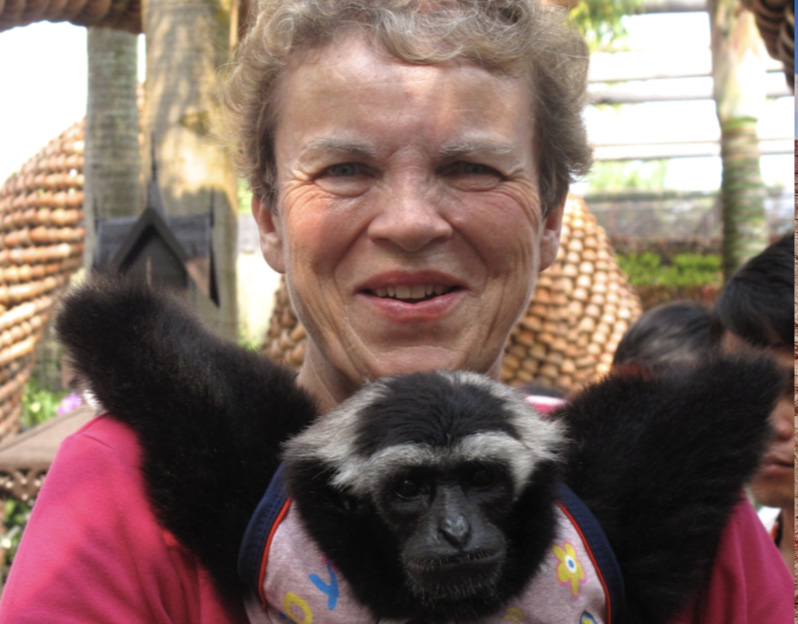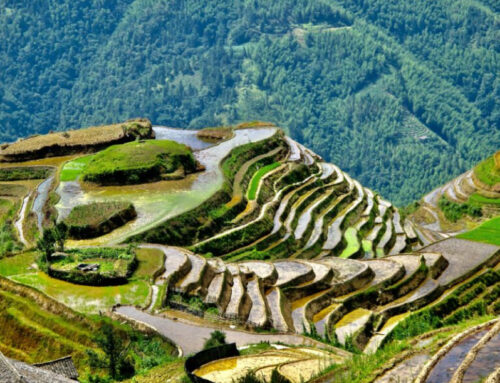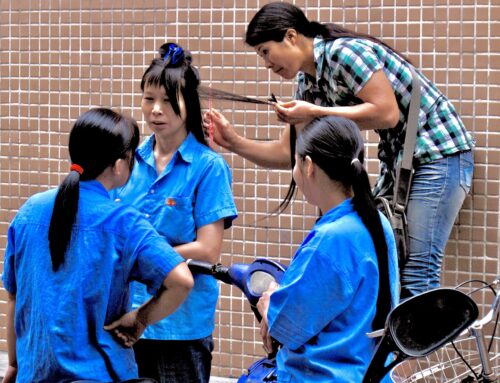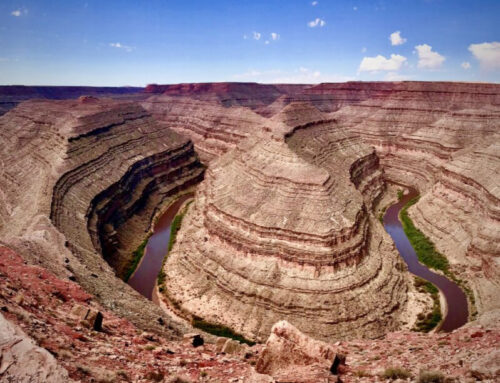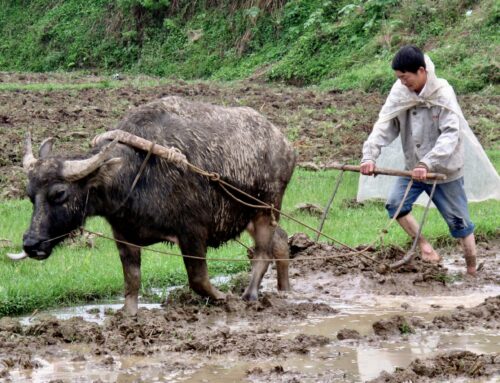This last week I had the privilege to visit the Amazon and spend a few days going up and down the river. This is the largest river in the world. I flew from Lima, Peru to Iquitos, Peru. This is a city that is only accessible by plane or boat. The population is close to 500,000. There were few cars but the took tooks were everywhere on the roads. A took is a motorbike with two wheels on the back and a small cover over the top. It seats two people in the back and one driver in the front.
A small bus picked us up and took us to the harbor. There we boarded a 15-passenger speed boat that took our 9-person group 50 miles downriver to Heliconia Lodge where we stayed, in the middle of the jungle.
It was not long before we realized this river was everything to the people that lived along the banks. The river looks like chocolate milk and seems to be at least a half-mile across. The river is the main mode of transportation. Our guide lived upriver and said that he only had a small paddleboat. There was everything from a one-man canoe to a hundred-passenger boat and cargo boats going up and down the river. Most interesting to me was the water taxi which looked like it could hold about 100 people, but I am sure was packed with over two hundred passengers as this is the main way they go up and down the river.
Our first visit was to a family of four. They lived in a house that was built on stilts. It was there that we learned that the level of the river varies as much as 45 feet from winter to summer. During the winter the water is at its highest which makes it more difficult for the people to catch fish and grow crops. When the level of the water goes down they catch more fish and plant crops that consist of rice, tropical fruit trees, and sugar cane. The kitchen had an open-fire stove that was built on a base of clay. Cut logs were stored under the clay base. There was a grate where they would put the pans or grill the fish that they caught along the river. On the back, porch was large containers to catch the rainwater as it rains often, and this is their source of fresh water. In the three days that we were there, it rained one-third of the time. Carlos, our guide, told us that in the summer they dig latrines but in the winter the bathroom is out on a limb of a tree over the river.
There is no electricity along the river. The only contact they have with the outside world is a battery-operated radio. Everyone that we met seemed very happy with the simple life they were living. I am not sure they know there is anything else.
We visited an Indian tribe, which looked like they came out of the pages of National Geographic. It looked to me like life on the river was much the same as it was one hundred years ago.
Whenever I visit a faraway country I do my best to get the people on my tour to meet the locals. My guide found a woman that had ten children. Her husband was a military officer. As we ended the visit with her I ask her what she knew about the United States. A big question mark came over her face and she went to thinking. She told my guide in Spanish and he told us in English. She said, “Oh, I have heard of it.” Boy, did that put us in our place?
